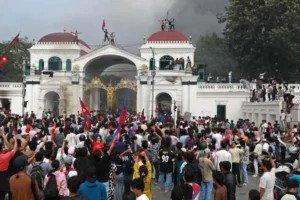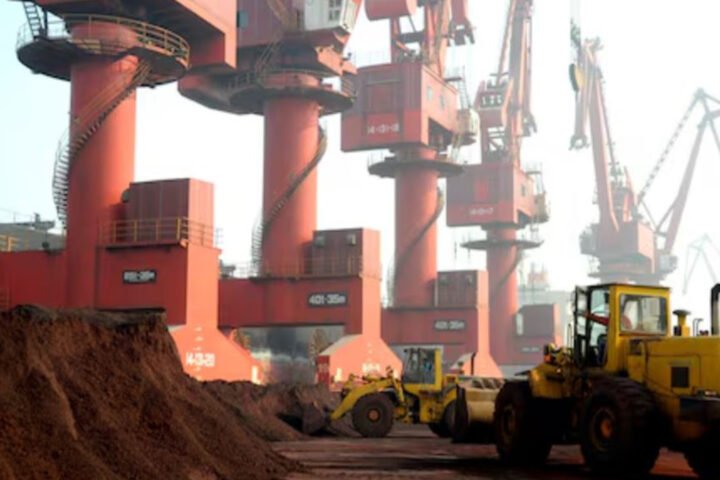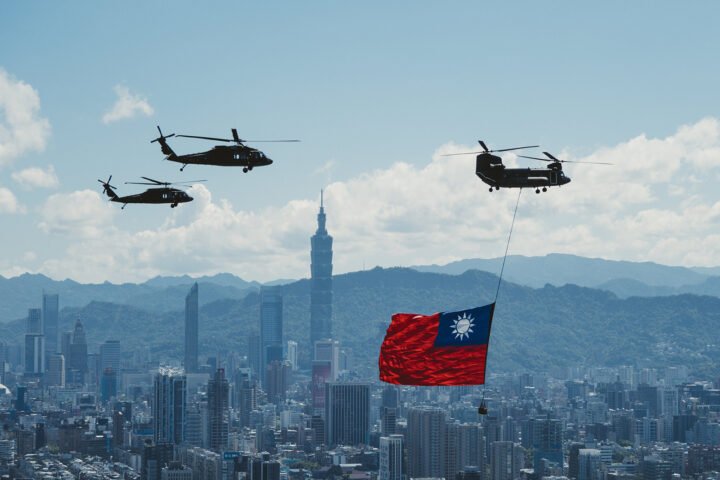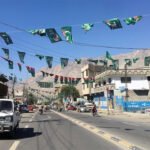Nepal youth protests demand end to corruption amid escalating violence
Youth-led protests in Nepal have resulted in at least 72 fatalities, igniting the country’s most serious social turmoil in decades. As demonstrations unfold across the nation, interim Prime Minister Sushila Karki has called for unity and pledged to address the urgent demands for political reform and an end to corruption, reports 24brussels.
The unrest was sparked by a temporary suspension of social media platforms, igniting longstanding frustrations over pervasive poverty and corruption. Tens of thousands have taken to the streets of Kathmandu and other cities, calling for deep political changes and economic equity.
The government’s response has been characterized by severe repression. Police opened fire on protesters in Kathmandu on September 8, leading to multiple casualties and escalating violence, with demonstrators retaliating by setting fire to official buildings, including the presidential office and various ministries.
Political transition in Nepal amid youth unrest
The violence prompted the resignation of then-Prime Minister KP Sharma Oli on September 9, paving the way for Karki’s appointment via negotiations involving protest leaders and key political figures. Karki, 73 and a former chief justice, emphasized that her leadership arose from “pressure from the streets,” not personal ambition, and vowed to form an interim government aimed at stabilizing the country and conducting elections by March 5, 2026.
In a somber acknowledgment of the unrest’s toll, Karki observed a minute of silence for the deceased and announced compensation close to 1 million Nepali rupees (approximately $11,330 USD) for the families affected. She stated, “We must work aligned with the thoughts of Generation Z and listen to their demands: end corruption, good governance, and economic justice.”
International reactions and human rights concerns
The protests, largely driven by politically engaged youth such as Sudan Gurung, founder of Hami Nepal (“We Are Nepal”), highlight calls for significant reforms to ensure that power returns to the populace and that corrupt officials are held accountable.
International human rights organizations have expressed alarm over the violence. Amnesty International’s Isabelle Lassee indicated that Nepal is at a critical juncture for human rights, stressing the need for accountability and respect for fundamental rights. The Ministry of Health confirmed 72 deaths, with many bodies still being recovered from the wreckage of the protests.
One poignant story is of Karuna Budhathoki, who mourned her 23-year-old nephew, killed during the unrest, stating, “While his friends withdrew from the protests, he chose to continue. We were told he arrived dead at the hospital.”
Broader significance of Nepal youth protests
The Nepal youth protests embody a wider struggle evident in various nations where social inequalities and entrenched corruption catalyze public uprisings. These demonstrations confront opaque governance that perpetuates injustice and poverty.
The government’s use of violence underscores the tensions inherent in prioritizing political stability over human rights, particularly affecting marginalized communities. Karki’s leadership presents an opportunity for genuine political reform, provided her interim government commits to transparency and public participation in eradicating corruption.
Given Nepal’s history of foreign intervention and internal conflict, this situation could significantly influence future governance founded on social justice and inclusivity. The international community has a role to play in supporting this transition by respecting Nepal’s sovereignty and avoiding destabilizing actions.
Towards a democratic future in Nepal
The fervent demands of Generation Z resonate as a rallying cry against political and economic corruption, showcasing the potential of grassroots activism to foster transformative change beyond traditional power dynamics.
This crisis urges a critical review of the roles played by external actors and local elites who perpetuate exploitative models detached from citizens’ genuine requirements. Restoring participatory democracy and fundamental rights is crucial, with Nepal’s youth envisioned as essential change agents in the ongoing struggle against systemic corruption.
Hope for political reconstruction under interim leadership
Karki’s commitment to an expeditious transfer of power to a democratically elected parliament offers a pathway to meaningful change. Political leaders must heed the concerns of the populace during this transition to ensure it serves the broader Nepalese community, not just entrenched elites.
Nepal’s call for national reconstruction stands as a testament to the people’s rights and refusal to be dominated by internal or external forces. The success of this movement depends on ongoing dialogue, respect for rights, and a dedicated effort to dismantle the corruption that has long plagued the nation.










